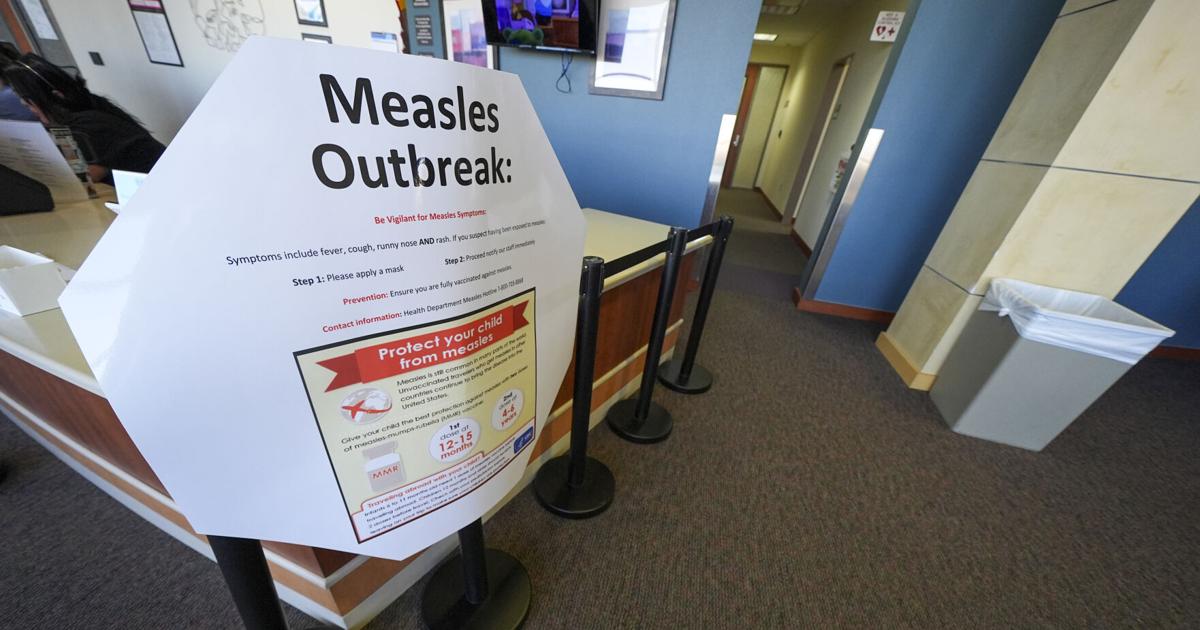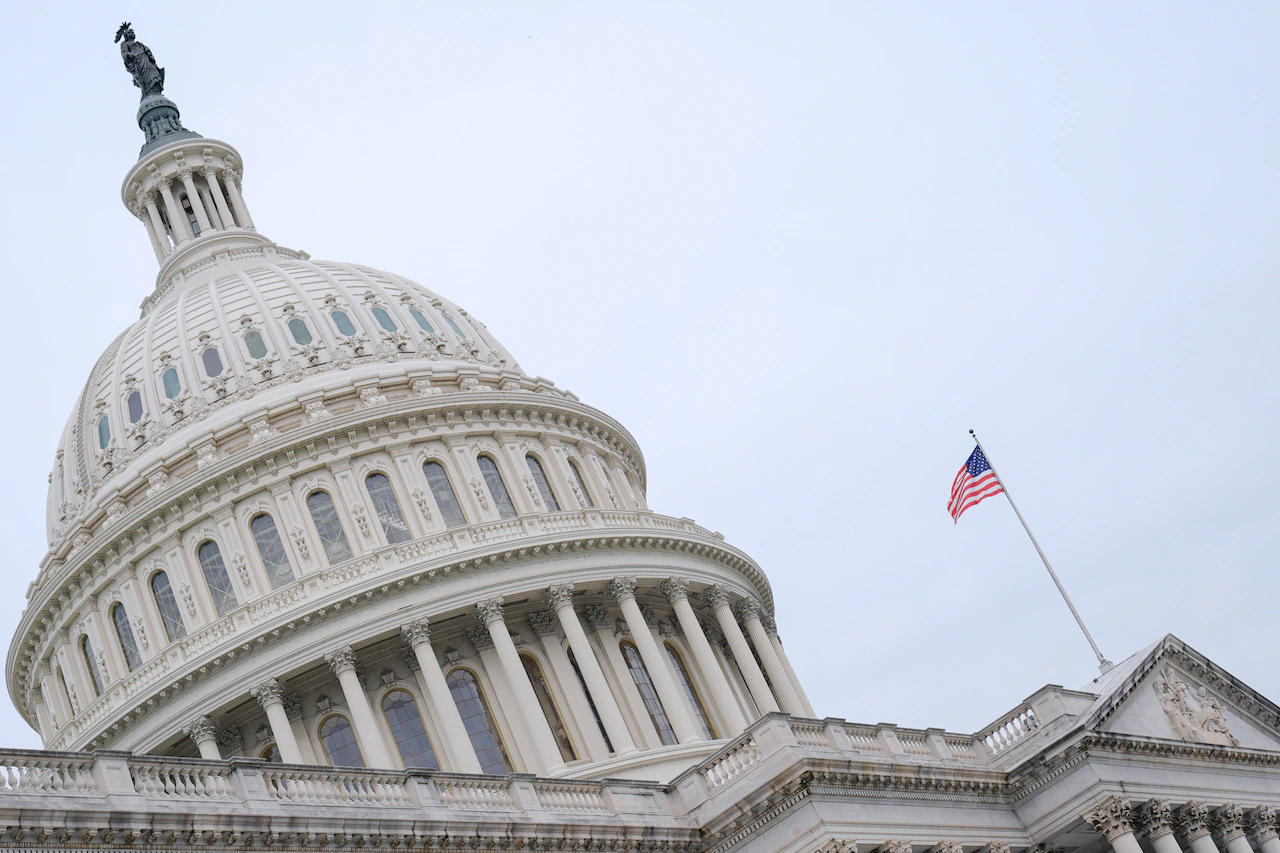
South Carolina saw its first measles outbreak of the year, joining a national surge in outbreaks from the highly infectious disease, with more cases anticipated, the South Carolina Department of Public Health reported Oct. 1.
There are now eight confirmed cases, all in the Upstate, with five linked together, the department said. An outbreak is defined as three or more related cases of the same infectious disease. All of the cases involve unvaccinated people who had no previous immunity to the disease, the department reported.
Of the five newest cases, all had become sick within the last month, the department said. The state’s last measles outbreak, with six cases, was in 2018, the department said.
“Measles is highly contagious, and there is risk for continued, rapid spread of the disease in the Upstate among communities with low immunization rates,” said Dr. Linda Bell, the state epidemiologist. The Upstate has the lowest vaccination rate among the state’s regions, a point of concern for doctors earlier in the year as they watched measles outbreaks in other states and worried about the disease popping up in the Palmetto State.
Two of the current cases had an unknown source of infection, which “indicates unrecognized community spread,” Bell said. “We anticipate more cases will be identified and implore community members to act responsibly.”
That means staying home if ill and notifying a provider beforehand if you have signs of a measles infection before heading out to a clinic, she said. Those symptoms are fever, cough, red eyes and a runny nose followed by a rash that typically begins on the face, the department said.
The U.S. already has seen 42 measles outbreaks this year as of Sept. 30, and 86 percent of the confirmed cases in 2025 have come from outbreaks, according to the Centers for Disease Control and Prevention. Altogether, there have been 1,544 cases, and 92 percent involve people who were unvaccinated or had an unknown vaccine status, the CDC said.
Measles is among the most highly infectious viruses in humans and one case can infect up to 18 other people, which accounts for the rapid spread of the disease in outbreaks. An unvaccinated person who encounters an infected patient has about a 90 percent chance of becoming infected themselves, the American Medical Association said.
One reason the virus is so easily spread is that it can survive in an enclosed space for up to two hours after the infected person has left, doctors previously told The Post and Courier.
The measles, mumps and rubella (MMR) vaccine is highly effective against measles, with a 99 percent effectiveness after the second dose, Bell said. State officials “strongly encourage” people to look at their vaccination status and ensure they are up to date on the MMR vaccine, she said.



